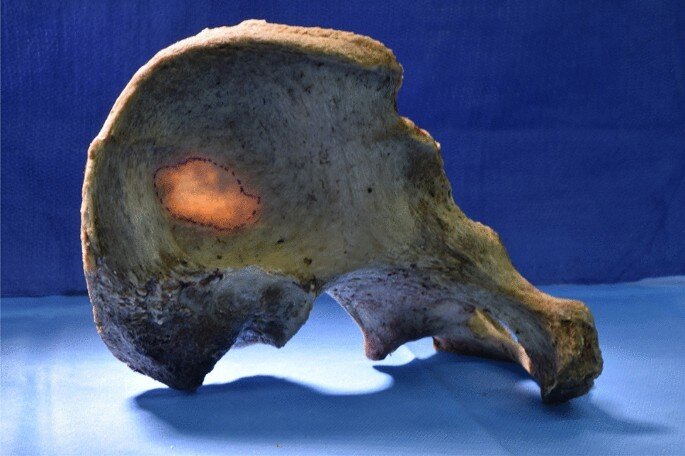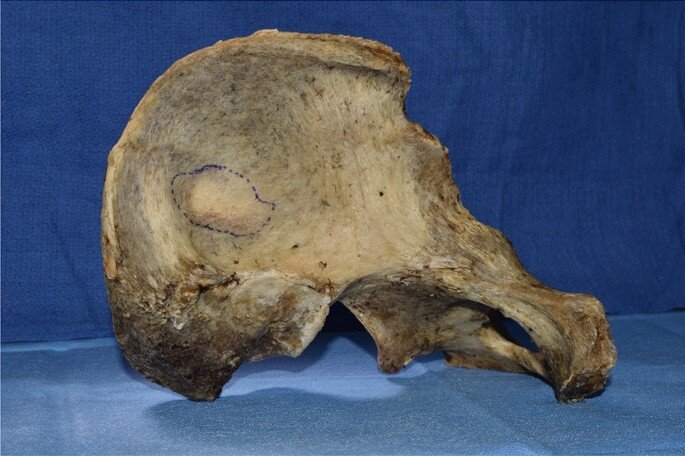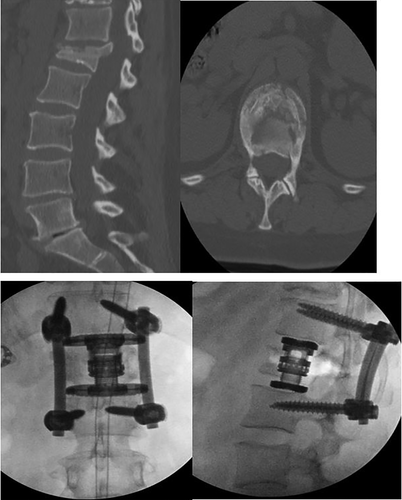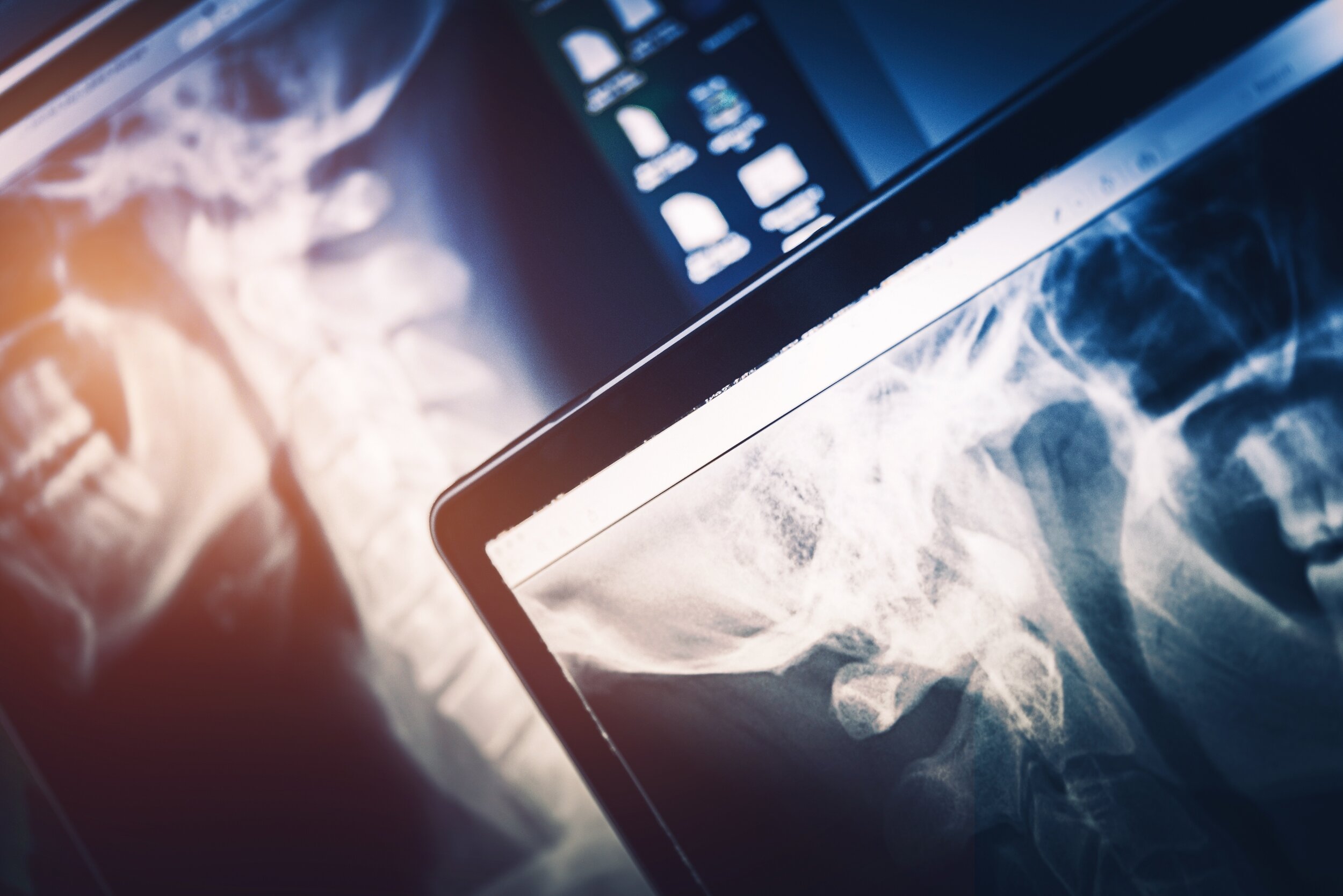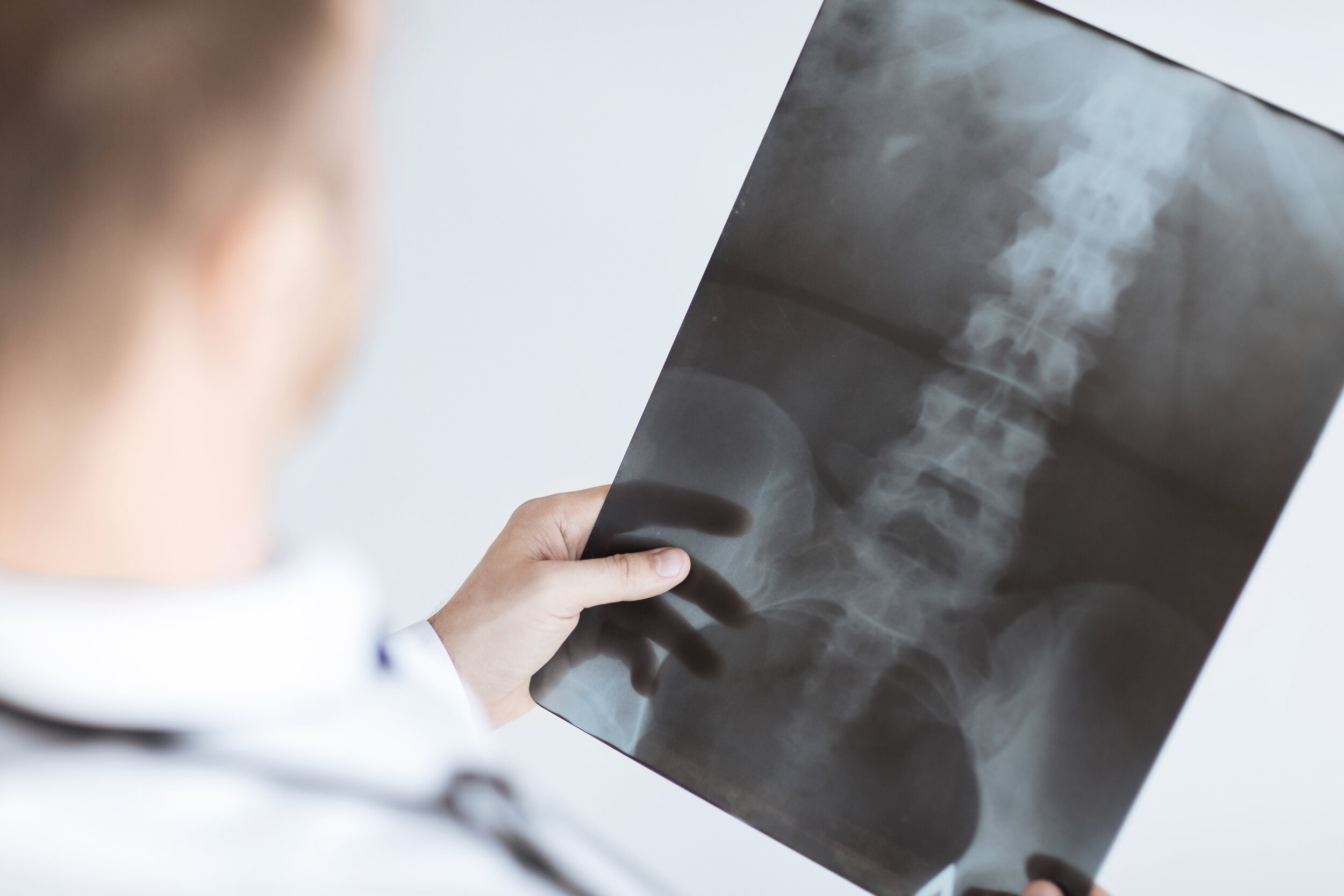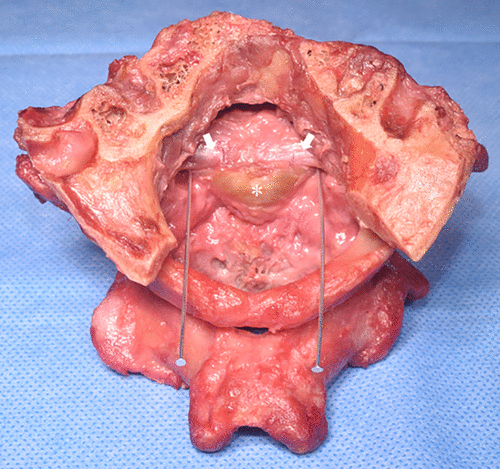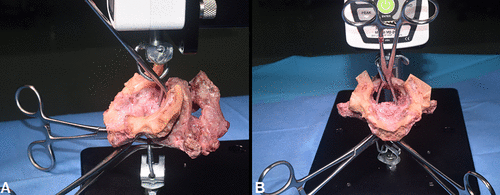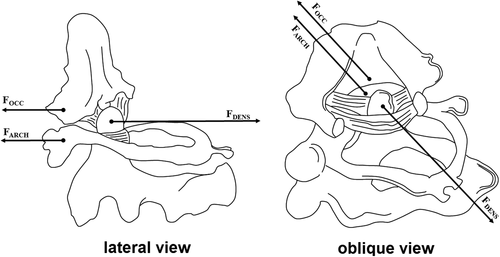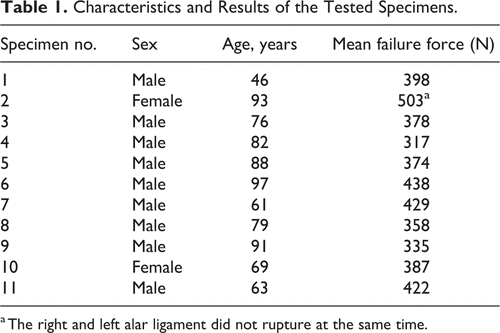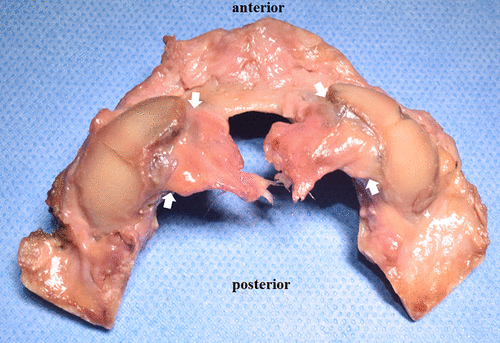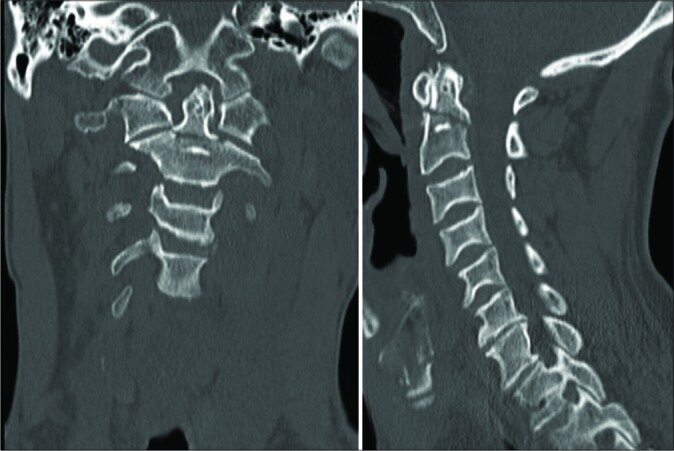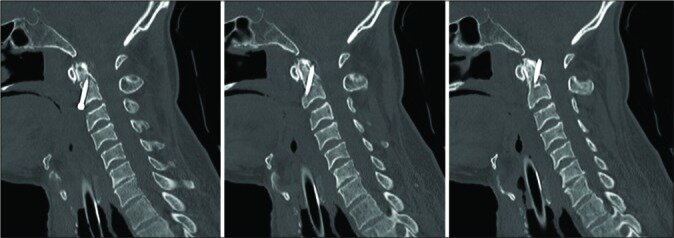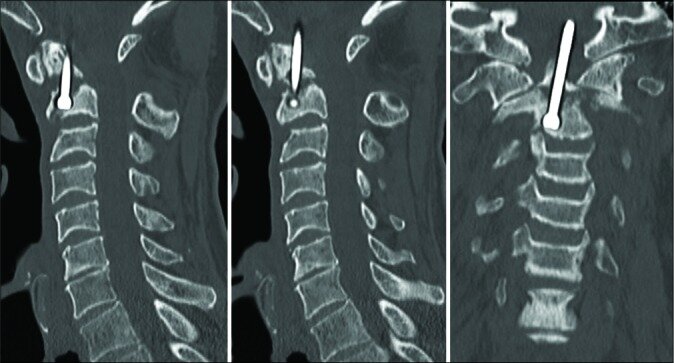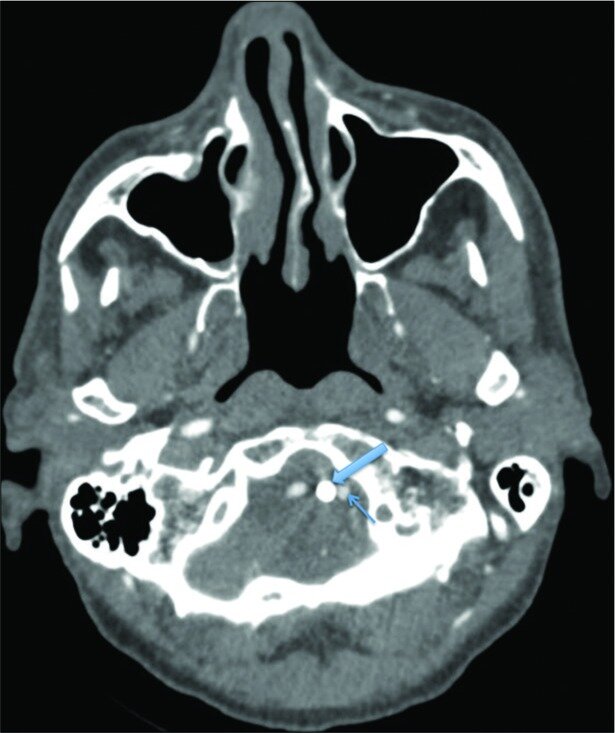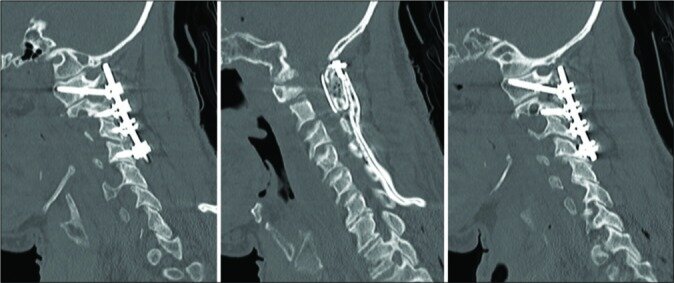World Neurosurg. 2020 Dec 12;S1878-8750(20)32597-3. doi: 10.1016/j.wneu.2020.12.031.Online ahead of print.
Christopher Elia, Ariel Takayanagi, Varun Arvind, Ryan Goodmanson, Alexander von Glinski, Clifford Pierre, Jeanju Sung, Bilal Qutteineh, Edward Jung, Jens Chapman, Rod Oskouian
Background
Occipitocervical fusion (OCF) procedures are increasing due to an aging population and the prevalence of trauma, rheumatoid arthritis, and tumors. Reoperation rates and readmission risk factors for cervical fusions have been established, but in relation to OCF they have not been explored. This study investigates the patterns of readmissions and complications following OCF using a national database.
Methods
The 2016 U.S. Nationwide Readmissions Database was used for sample collection. Adults (>18 years) who underwent OCF were identified using the 2016 ICD-10 coding system, and we examined the readmission rates (30-day and 90-day) and reoperation rates.
Results
Between January and September 2016, a total of 477 patients underwent OCF; the 30-day and 90-day readmission rates were 10.4% and 22.4%, respectively. The 90-day reoperation rate related to the index surgery was 5.7%. Mean age (68.58 years) was significantly greater in the readmitted group versus nonreadmitted group (61.76 years) (P < 0.001). The readmitted group had a significantly higher Charlson Comorbidity Index and Elixhauser Comorbidity Index (5.00 and 2.41, respectively) than the nonreadmitted group (3.25 and 1.15, respectively; P < 0.001). Nonelective OCF showed a higher readmission rate (29.18%) versus elective OCF (12.23%) (P < 0.001). Medicare and Medicaid patients showed the highest rates of readmission (27.27% and 20.41%, respectively). Readmitted patients had higher total health care costs.
Conclusions
Nonelective OCF was found to have a readmission rate of almost 2½× that of elective OCF. Understanding risk factors associated with OCF will help with operative planning and patient optimization.
Key words
Cervical fusion, Cervical spine surgery, Nationwide Readmissions Database, Occipitocervical fusion, Readmission rates, Rheumatoid arthritis





